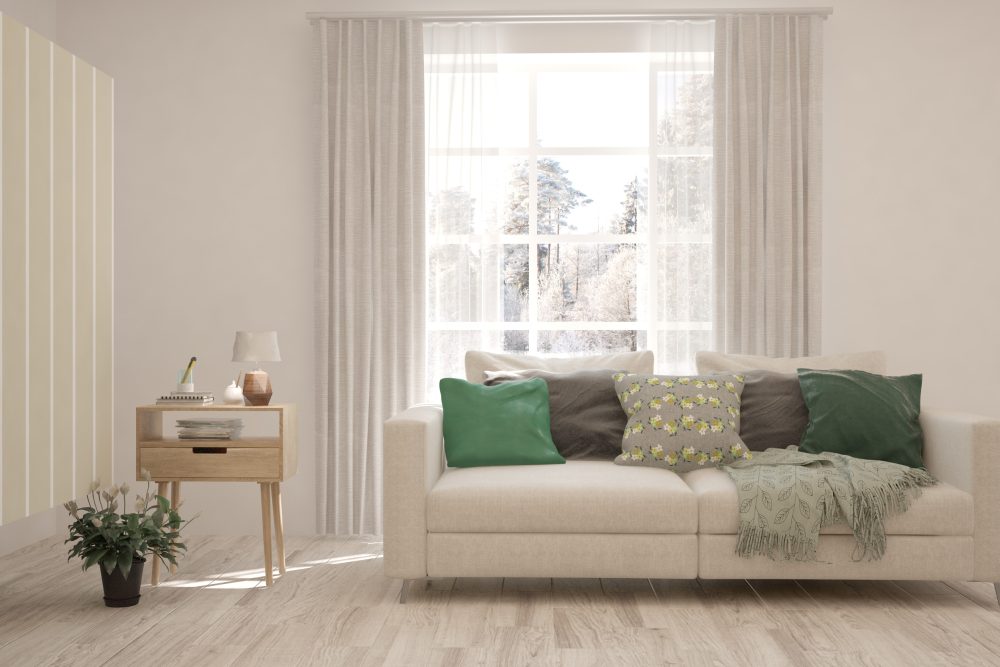Arreda.Net – Buying groups for the Italian market

Italian specialist and independent retailers control 70% of furniture sales at consumer prices, the highest percentage in Europe. This peculiarity reflects the Italian productive structure, made up of thousands of small and medium-sized firms that flood the market with a huge supply of products and that have always delegated the role of product selection and distribution to end-consumers to the distributors.
Although independent distributors still dominate the market in Italy, the large-scale retail trade has been making headroads and it more than doubled its share of furniture sales in the space of a decade, from 10% to over 20% between 2000 and 2010. Buying groups have not managed to gain a foothold as a distribution model in Italy and are not very common. Among the few successful stories, one very interesting case is “Arreda.net”, managed by Giuseppe Bruno.
“The original idea dates back to the 1990s – Giuseppe Bruno says – when a group of distributors from Piedmont outlined a preliminary project and commissioned CSIL to carry out a feasibility study. The result of the research led to the identification of a precise target audience, made up of consumers with contemporary tastes who are very demanding in terms of aesthetics and customer service, but who also pay particular attention to their budgets. A marketing and integrated communication plan was then drawn up and a collection of products selected. Launched in 2000, Arreda.net’s countrywide coverage is guaranteed by 20 companies in five Italian regions and 18 provinces.
Q: “Why do you think that Arreda.net has worked, unlike the other ill-fated attempts to set up Buying Groups in Italy, so much so that you are planning important growth in the next few years?”
A: “From my point of view the success of Arreda.net can be attributed to its origins: a group of commercial entrepreneurs who decided to pool resources and ideas with the objective of investing in activities that would benefit all concerned, both partners and members. Thus we created a group whose aim was not to reach an ambitious level of turnover, and we never had to reach break-even point, because that had been defined a priori on the basis of the available resources. This explains the slow progress of Arreda.net, its limited development, but also its longevity. Development has so far been spontaneous and now that the Group has reached a certain size, we have decided to steer this growth by planning for future expansion”.
Q: “What do your members have in common and what are the main advantages of joining Arreda.net?”
A: “The most important thing in order to be a partner of Arreda.net is to have an open mind. More than anything else, the entrepreneurs who join the Group want to compare themselves with the others, to open up a debate and to seek improvement, they are businessmen with the desire and ability to put themselves on the line for the future of their own company. Comparison with the others is also the first advantage perceived by the members and a recent survey conducted by CSIL highlighted this. The second great advantage is the fact that by combining the resources of a number of firms it is possible to access top level professionalism in the worlds of research, design and communication, which would be prohibitive for the single firm to achieve. Uniting in order to have better access to the market is one of the objectives and main results of Arreda.net”.
Q: “In your opinion, what is the future of Italian distribution? Will the peculiarity of this model continue to work in the long term?”
A: “Nowadays we are all aware of one important phenomenon: the share of the large-scale retail trade in the Italian furniture distribution scenario is constantly increasing, as is also happening all over the world, and this process will not stop in the future. Having said this, in my opinion there are two winning strategies that independent retailers could use to reinforce their competitive position on the market: one is specialisation and the other is concept innovation in our sales outlets, which are now obsolete. What I mean is that if I am not a true specialist then I must be able to talk not only of “furniture” but increasingly more of the “home”.
The “flexible store” was presented at MACEF in Milan and this is probably a realistic view of the stores of the future. There will be the inevitable contamination from related sectors: the art of the table, furnishing accessories and household goods, electrical appliances and lighting. Essentially, in order to survive it is important on the one hand to join forces and, on the other, to open up to the outside, modify our way of working and no longer think in terms of watertight compartments.”